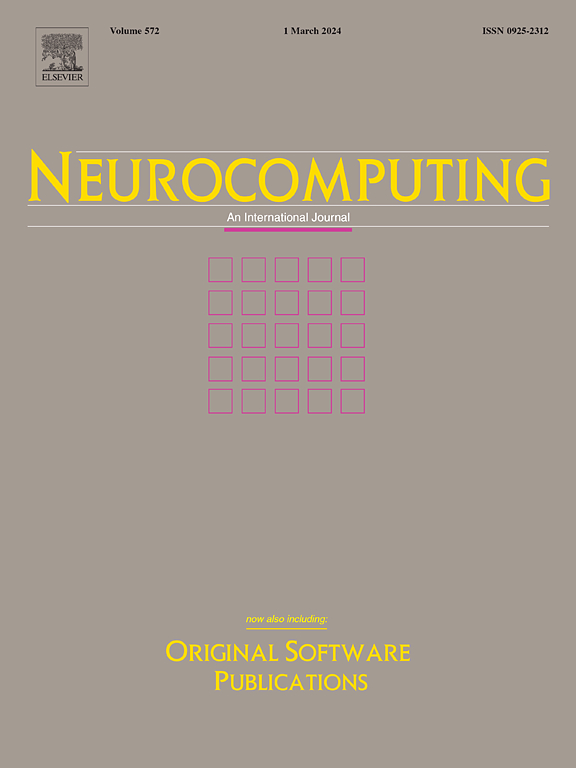DualNet:用于多变量时间序列预测的自适应补偿双路径网络
IF 5.5
2区 计算机科学
Q1 COMPUTER SCIENCE, ARTIFICIAL INTELLIGENCE
引用次数: 0
摘要
多元时间序列预测由于其复杂的时间动态和变量之间的内在依赖关系,仍然是各个领域的基本挑战。本文介绍了一种基于解耦原理的创新架构范式DualNet,通过空间分解实现预测任务的有效分解和互补增强。该体系结构协同集成了全局模式提取和自适应局部补偿机制,通过功能解耦建立了两个独立又互补的学习空间。我们的框架引入了一种双路径学习策略,将预测过程分解为互补的组件:一个主要的轨迹估计器,专注于捕获固有的时间进化模式,以及一个专门的补偿机制,通过残差学习执行细粒度校准。这种解耦设计不仅降低了单个模块的学习复杂度,而且通过互补效应提高了整体预测性能。我们开发了一种基于时间背景动态调整补偿强度的温度尺度自适应加权方案,使模型在预测稳定性和自适应精细化之间达到最佳平衡。该体系结构通过空间解耦和互补增强的双重机制,实现了全局特征提取和局部微调的有机统一,同时结合了新的归一化策略和层次化特征转换机制,增强了模型的表征能力。在各种基准数据集上进行的综合实验表明,这种基于解耦的双通道架构显著提高了模型捕获复杂时间模式的能力,同时保持了预测的稳定性。代码可在https://github.com/ZS520L/DualNet上获得。本文章由计算机程序翻译,如有差异,请以英文原文为准。

DualNet: A dual-path network with adaptive compensation for multivariate time series forecasting
Multivariate time series prediction remains a fundamental challenge across various domains due to its complex temporal dynamics and inherent dependencies among variables. This paper introduces DualNet, an innovative architectural paradigm based on decoupling principles, which achieves effective decomposition and complementary enhancement of prediction tasks through spatial decomposition. The architecture synergistically integrates global pattern extraction and adaptive local compensation mechanisms, establishing two independent yet complementary learning spaces through functional decoupling. Our framework introduces a dual-path learning strategy that decomposes the prediction process into complementary components: a primary trajectory estimator focused on capturing inherent temporal evolution patterns, and a dedicated compensation mechanism that performs fine-grained calibration through residual learning. This decoupled design not only reduces the learning complexity of individual modules but also enhances overall prediction performance through complementary effects. We developed a temperature-scaled adaptive weighting scheme that dynamically adjusts compensation intensity based on temporal context, enabling the model to achieve optimal balance between prediction stability and adaptive refinement. Through the dual mechanisms of spatial decoupling and complementary enhancement, the architecture achieves organic unification of global feature extraction and local fine-tuning, while incorporating novel normalization strategies and hierarchical feature transformation mechanisms to enhance the model’s representational capacity. Comprehensive experiments conducted on various benchmark datasets demonstrate that this decoupling-based dual-channel architecture significantly improves the model’s capability to capture complex temporal patterns while maintaining prediction stability. The code is available at https://github.com/ZS520L/DualNet.
求助全文
通过发布文献求助,成功后即可免费获取论文全文。
去求助
来源期刊

Neurocomputing
工程技术-计算机:人工智能
CiteScore
13.10
自引率
10.00%
发文量
1382
审稿时长
70 days
期刊介绍:
Neurocomputing publishes articles describing recent fundamental contributions in the field of neurocomputing. Neurocomputing theory, practice and applications are the essential topics being covered.
 求助内容:
求助内容: 应助结果提醒方式:
应助结果提醒方式:


